Roccamonfina. Sanctuary of the Madonna dei Lattani.
2022
Roccamonfina. Sanctuary of the Madonna dei Lattani. It is located on the Monte dei Lattani, 850 m. above sea level, one of the many craters of the vast volcanic area of Roccamonfina.
You may also like
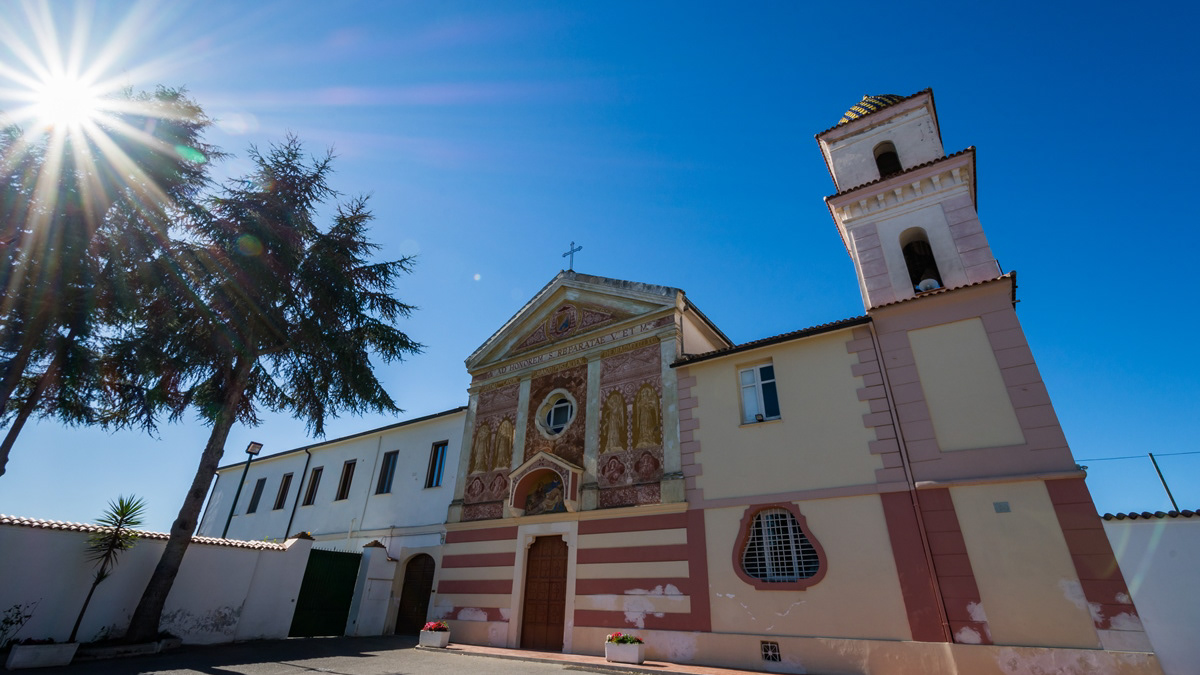
2018
Teano (CE) - Monastery of Santa Reparata
The Monastery of S. Reparata, probably founded in the 9th century, was canonically suppressed after the Council of Trent, due to the prohibition against holding female monasteries outside the town. The nuns were welcomed in the Monastery of S. Caterina.
The Monastery of S. Reparata is located along the road to Roccamonfina, in the Pino district and its foundation is not prior to 804 as it is not mentioned in the privilege of Charlemagne, which lists all the Benedictine possessions in Teano. The most probable date is the second half of the century. IX. According to the Bishop Mons. Domenico Giordano, the transfer of S. Reparata to the Cathedral took place in the year 880. It is one of the most important monasteries in Teano because the remains of Santa Reparata, who is the patron saint of Nice, are kept inside the church. his diocese, of the cities of Atri and Casoli; she co-patroness of Florence, of Teano, of the diocese of Teramo-Atri and patroness and protector of the municipality of Pesco Sannita.
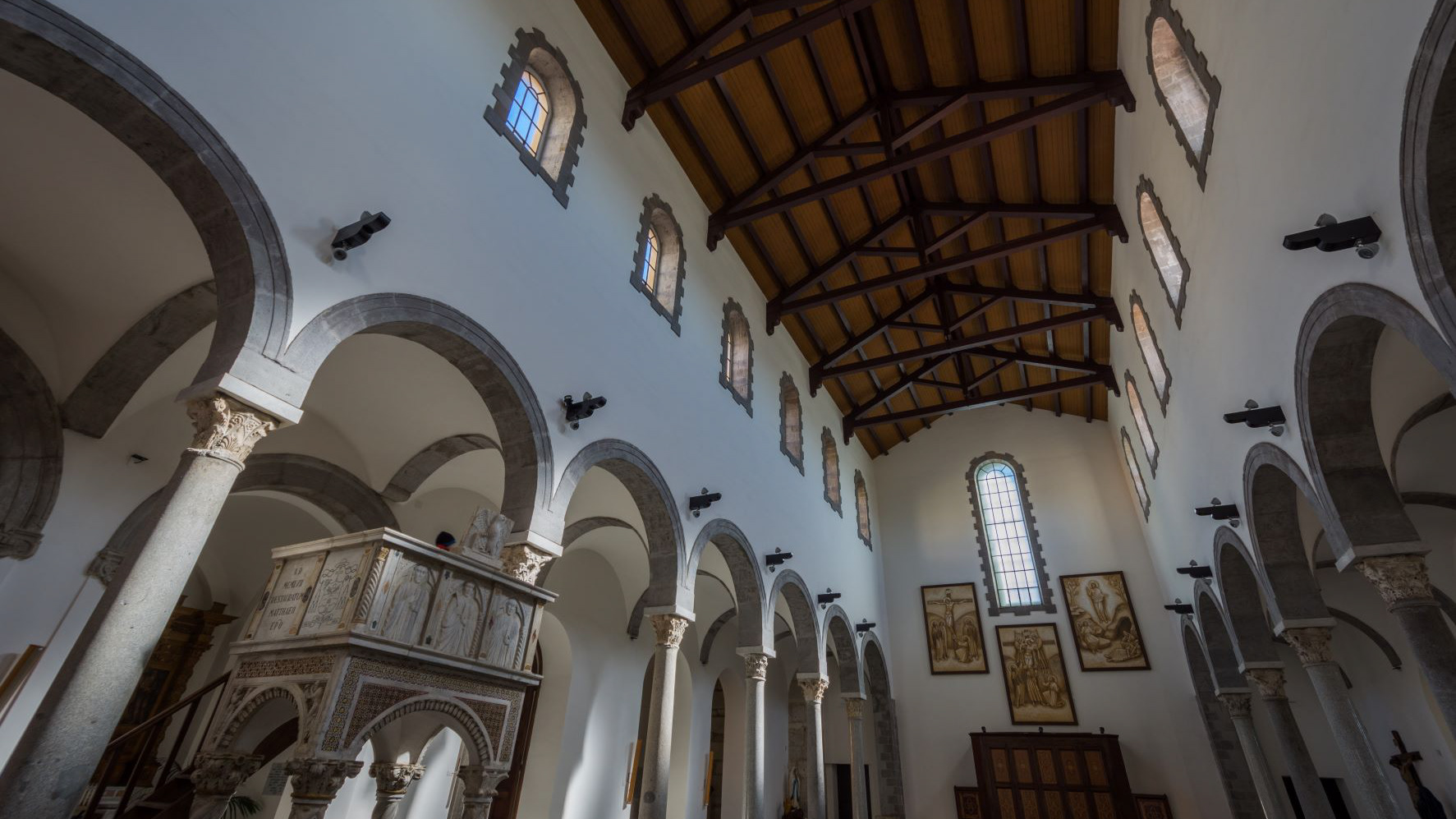
2021
Teano. The Dome. The central nave
The cathedral, originally dedicated to San Terenziano, was later named after San Clemente. Construction began in 1050 by Bishop Guglielmo, to replace the old cathedral of San Paride ad Fontem, located outside the city walls. The works were completed in 1116 by Bishop Pandulfo. The building has a basilica structure divided into three naves by two rows of columns. In 1608 it was damaged internally by a fire that almost completely destroyed the cosmates ambo, subsequently recomposed using the remains of the previous one integrated with the marble slabs of a fourteenth-century sepulchral monument already present in the church and positioned on twisted columns, two of which rested on fountain lions. During the 16th century the Romanesque apse was modified and on that occasion a precious carved wooden choir was built in the presbytery, built in 1539 by the Benedictine Antonio Maria Sertorio. The choir underwent two restorations, the first in the 17th century and the second in 1957, following the damage suffered during the Second World War.
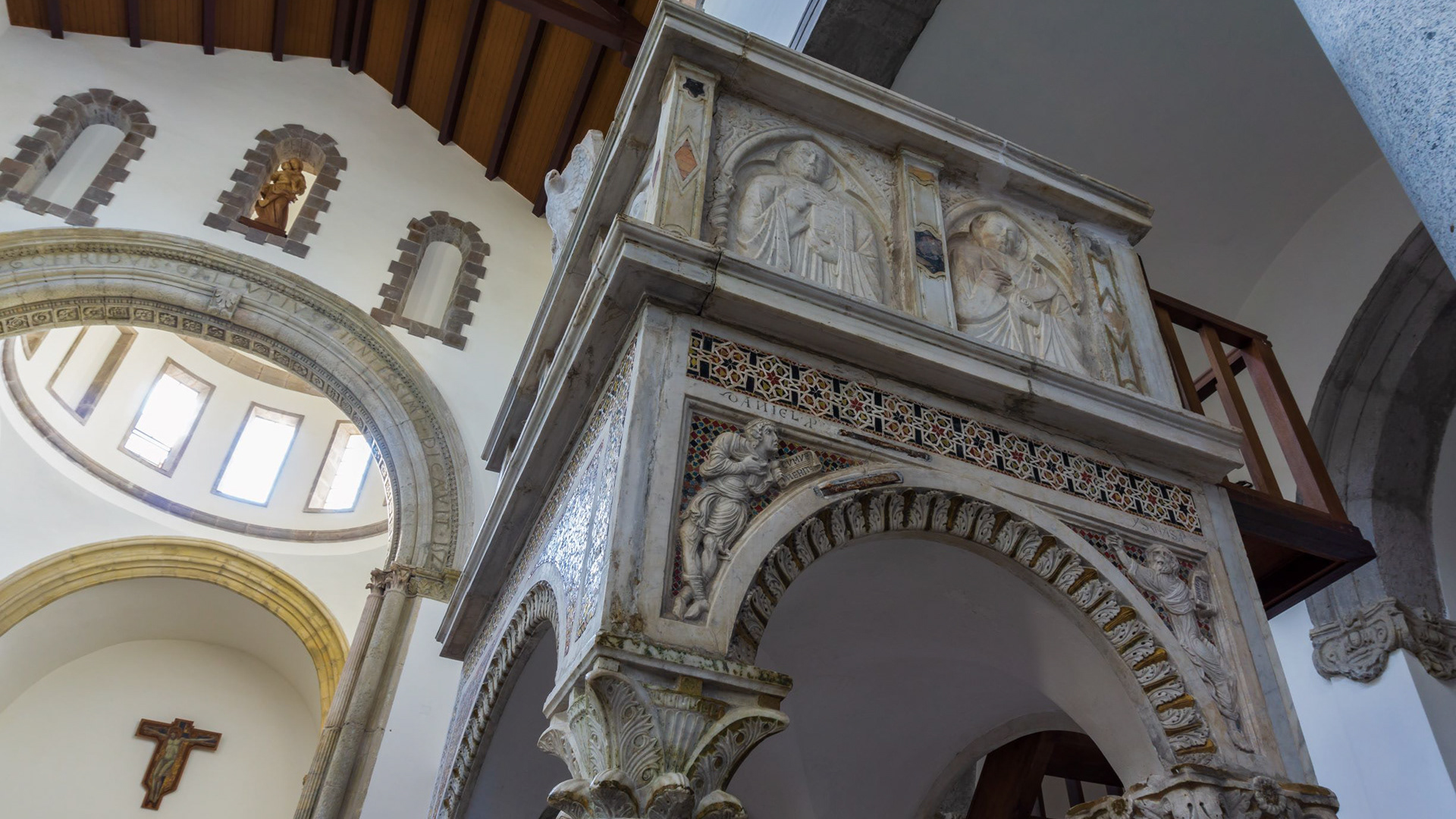
2020
Teano. The Cathedral. The Pulpit
The cathedral, originally dedicated to San Terenziano, was later named after San Clemente. Construction began in 1050 by Bishop Guglielmo, to replace the old cathedral of San Paride ad Fontem, located outside the city walls. The works were completed in 1116 by Bishop Pandulfo. The building has a basilica structure divided into three naves by two rows of columns. In 1608 it was damaged internally by a fire that almost completely destroyed the cosmates ambo, subsequently recomposed using the remains of the previous one integrated with the marble slabs of a fourteenth-century sepulchral monument already present in the church and positioned on twisted columns, two of which rested on fountain lions. During the 16th century the Romanesque apse was modified and on that occasion a precious carved wooden choir was built in the presbytery, built in 1539 by the Benedictine Antonio Maria Sertorio. The choir underwent two restorations, the first in the 17th century and the second in 1957, following the damage suffered during the Second World War.
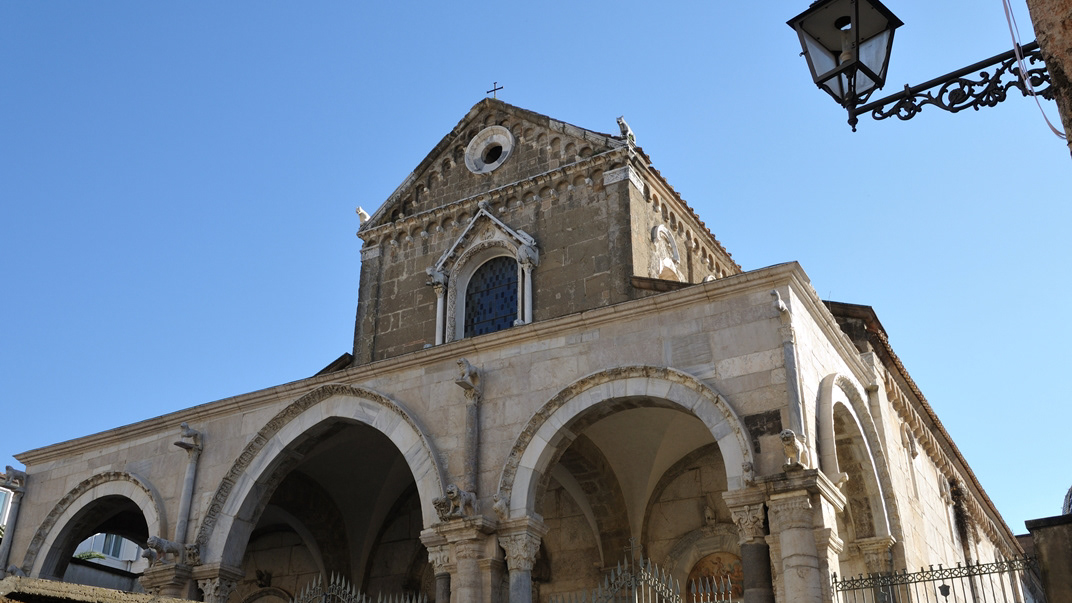
2008
Sessa Aurunca (CE), the Cathedral
Construction was begun by probable workers of the Casauriense school (see portico of the abbey of S. Clemente a Casauria built between 1176 and 1180) in 1113, partly reusing materials from ancient Roman buildings, and consecrated in 1183; the current external appearance was achieved in the first half of the thirteenth century with the addition of the portico and the large window placed in the upper part of the facade. The interior, on the other hand, having eliminated the trussed ceiling already in the thirteenth century, remained Romanesque until the mid-eighteenth century when the bishop Francesco Caracciolo d'Altamura decided to modernize it according to the tastes and style of the time, namely the Baroque. In July 1929, Pope Pius XI elevated it to the dignity of a minor basilica.
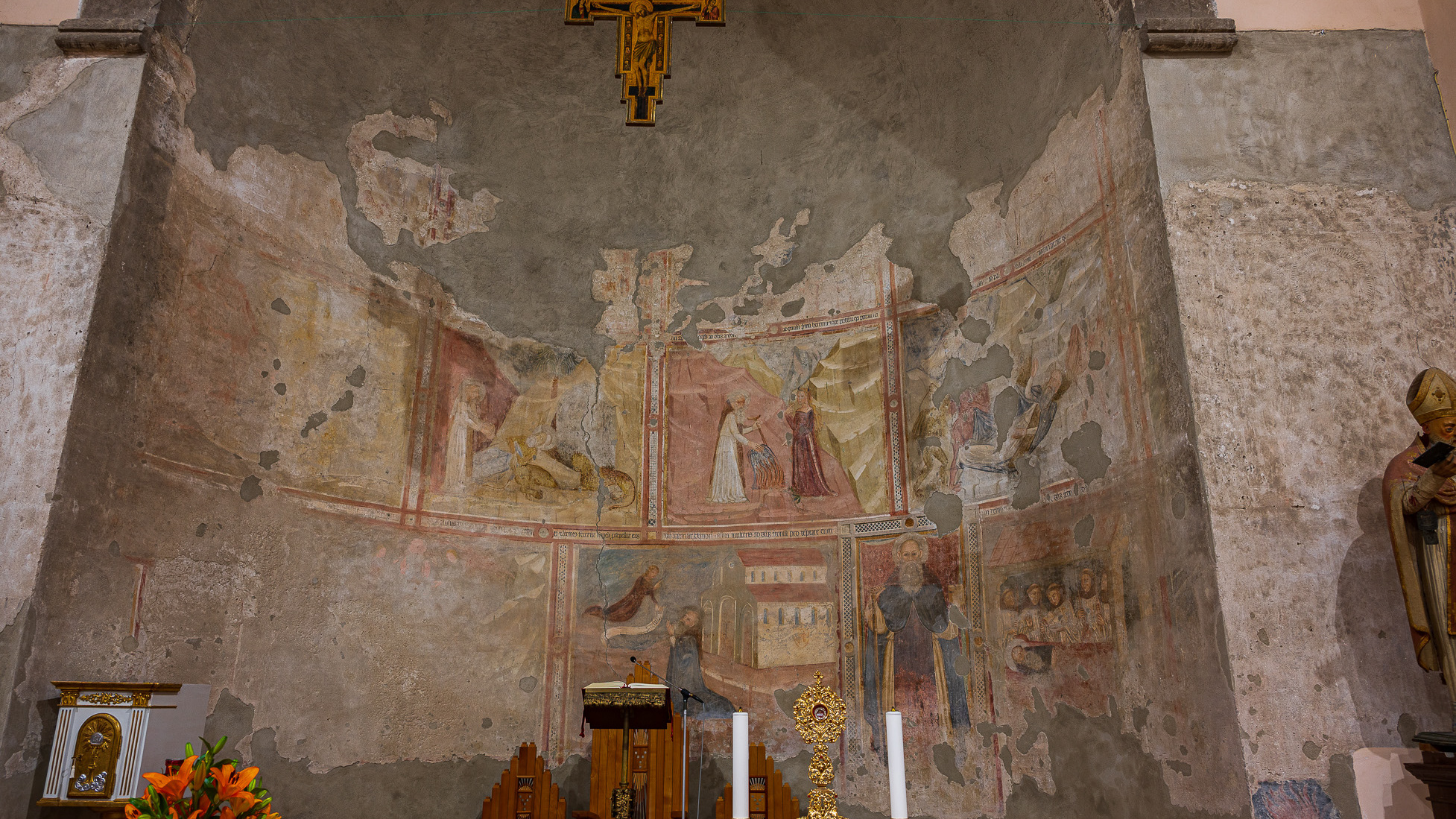
2023
Teano. Church of S. Antonio Abate
Dating back to the 14th century, the Church is made up of a single rectangular nave and a semicircular apse, the latter frescoed with episodes from the life of the Saint.

2017
Casertavecchia, the Cathedral
The church, dedicated to San Michele Arcangelo, stands in a medieval village of Lombard origin located on the top of a hill, at 401 meters on the slopes of the Tifatini Mountains. The town is a hilly hamlet located about 10 kilometers from the capital and is today called "Caserta vecchia" or Casertavecchia but in the Middle Ages simply "Caserta" (originally Casa Hirta) before the name passed to the center on the plain (previously called Torri, then Caserta new and finally Caserta). Casertavecchia was an important fortified center, the seat of a Lombard county, later Norman, and the seat of a diocese, after the destruction, in the early Middle Ages, of the ancient episcopal seat of Calatia (near the current Maddaloni).
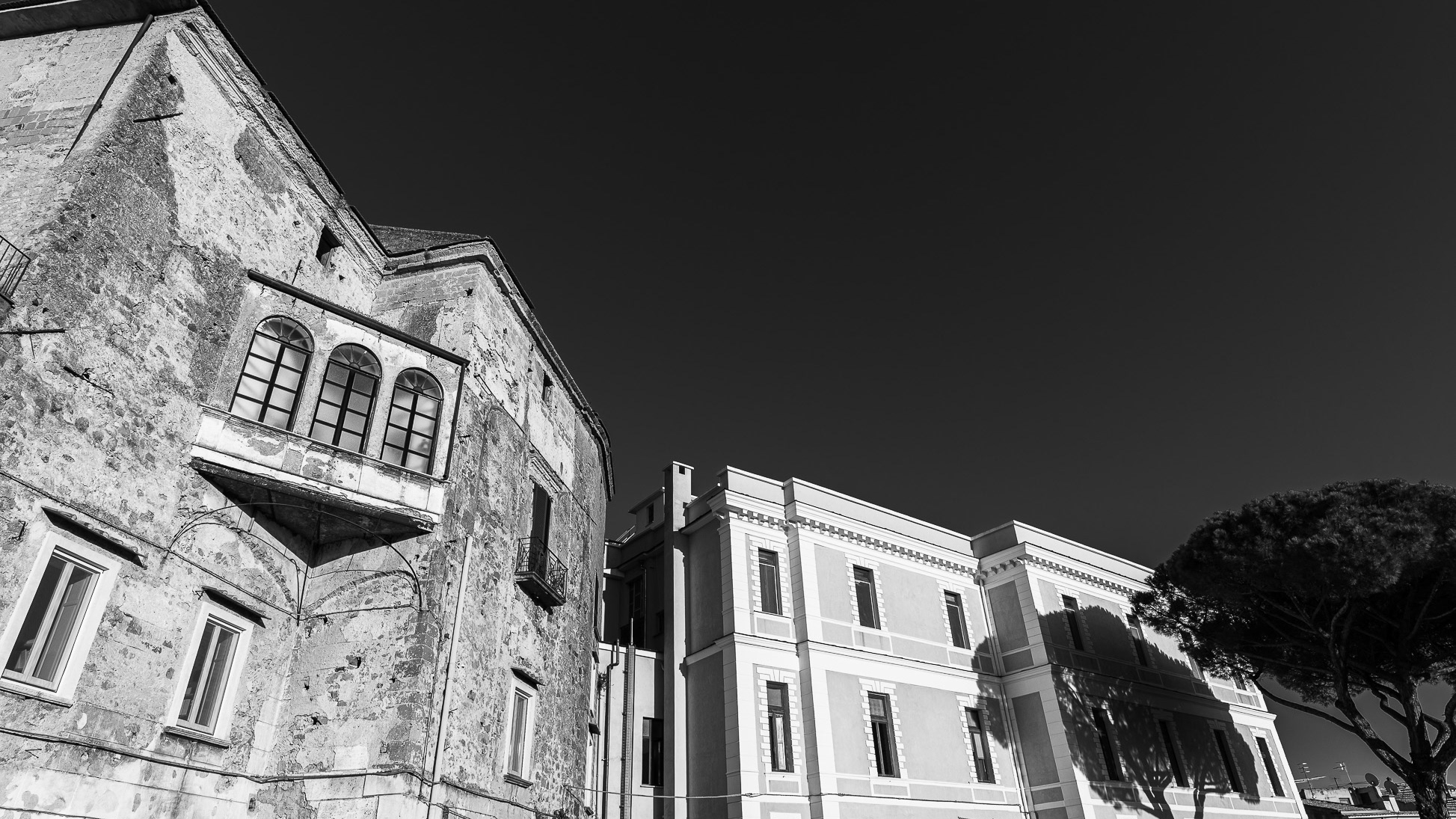
2022
Teano, Campania. View of the historic center.
Town of pre-Roman origins, located on the slopes of the volcanic massif of Roccamonfina.
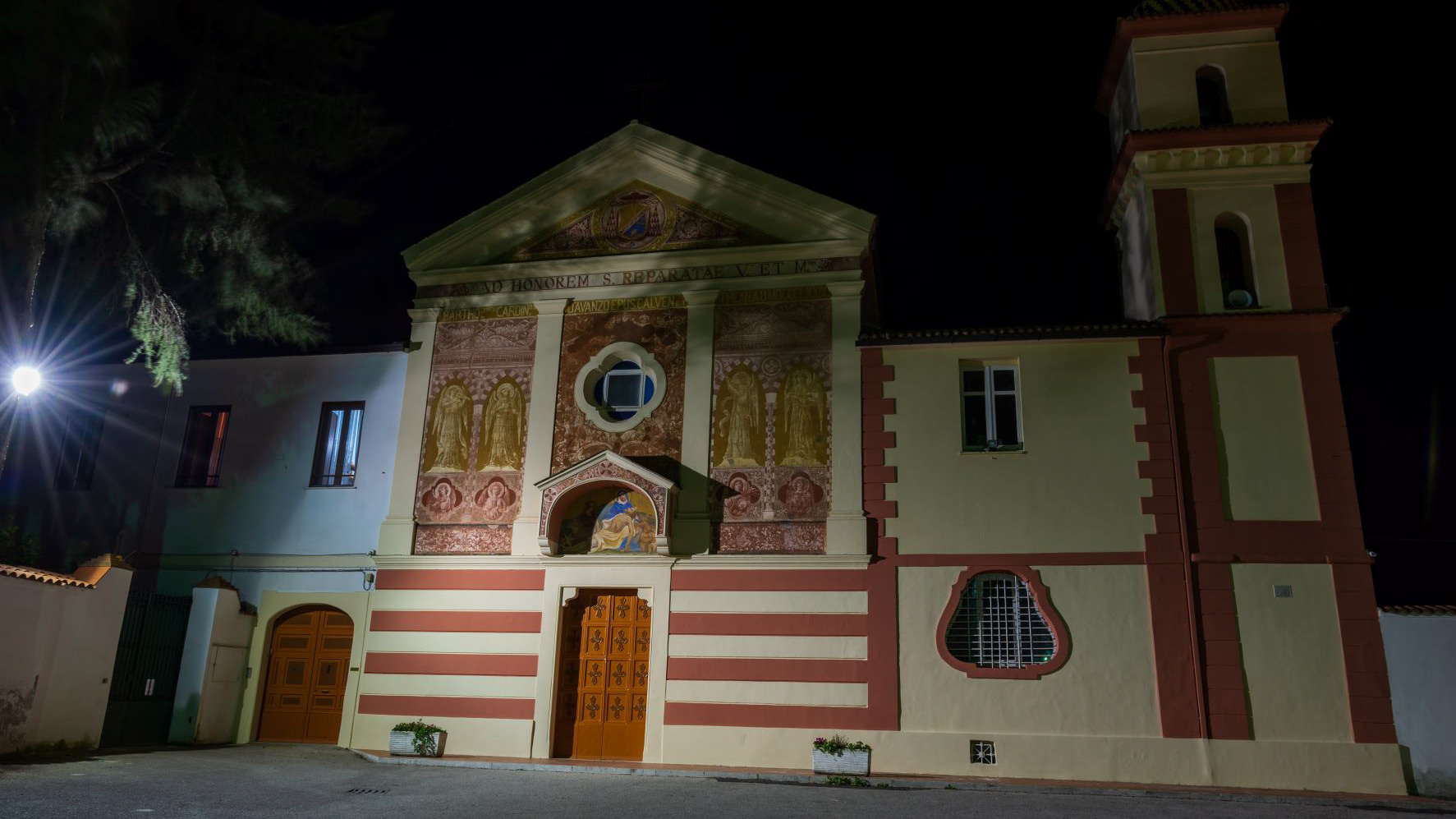
2021
Teano. Church of Santa Reparata
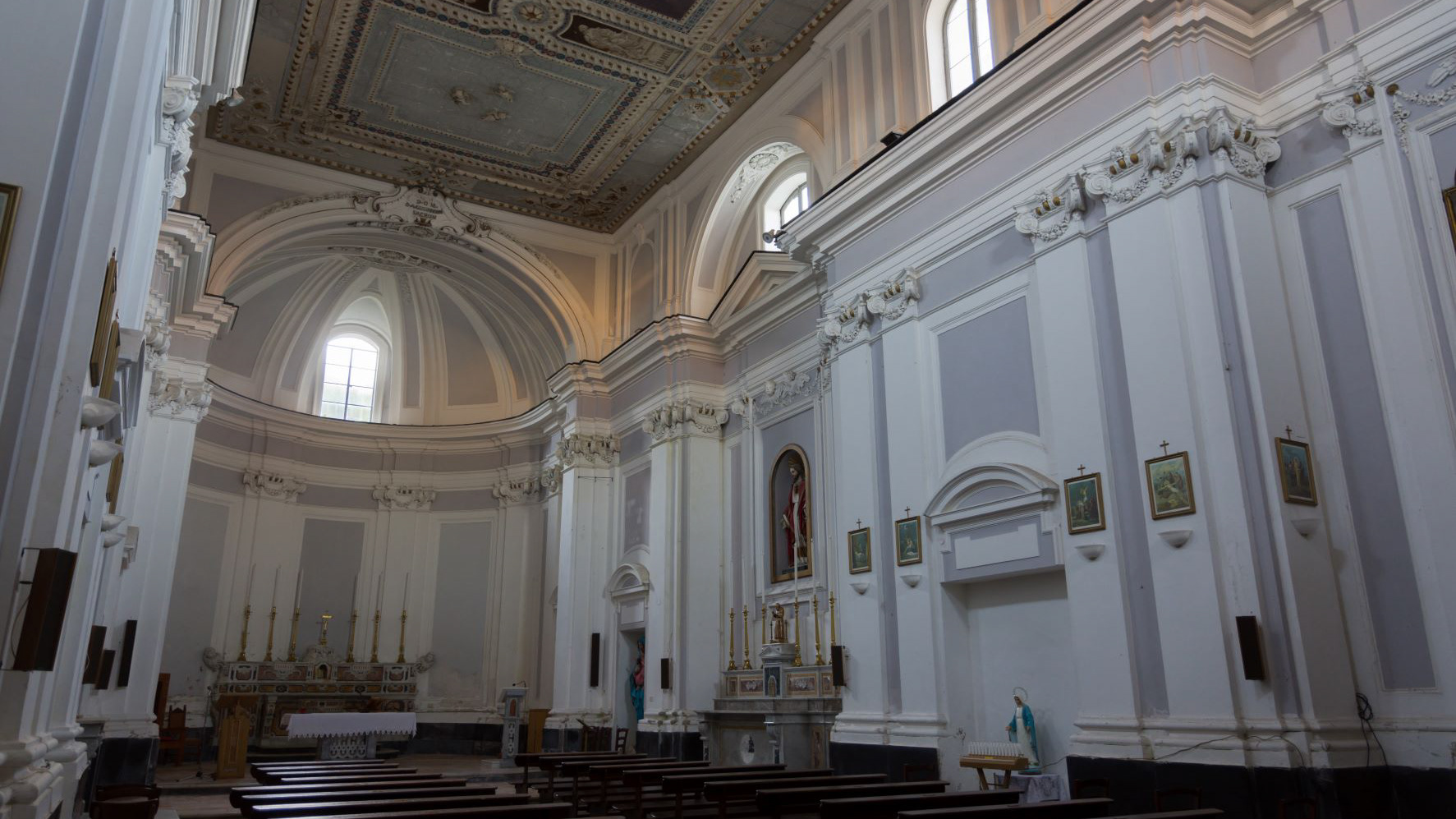
2021
Teano. Church of Sant’Agostino
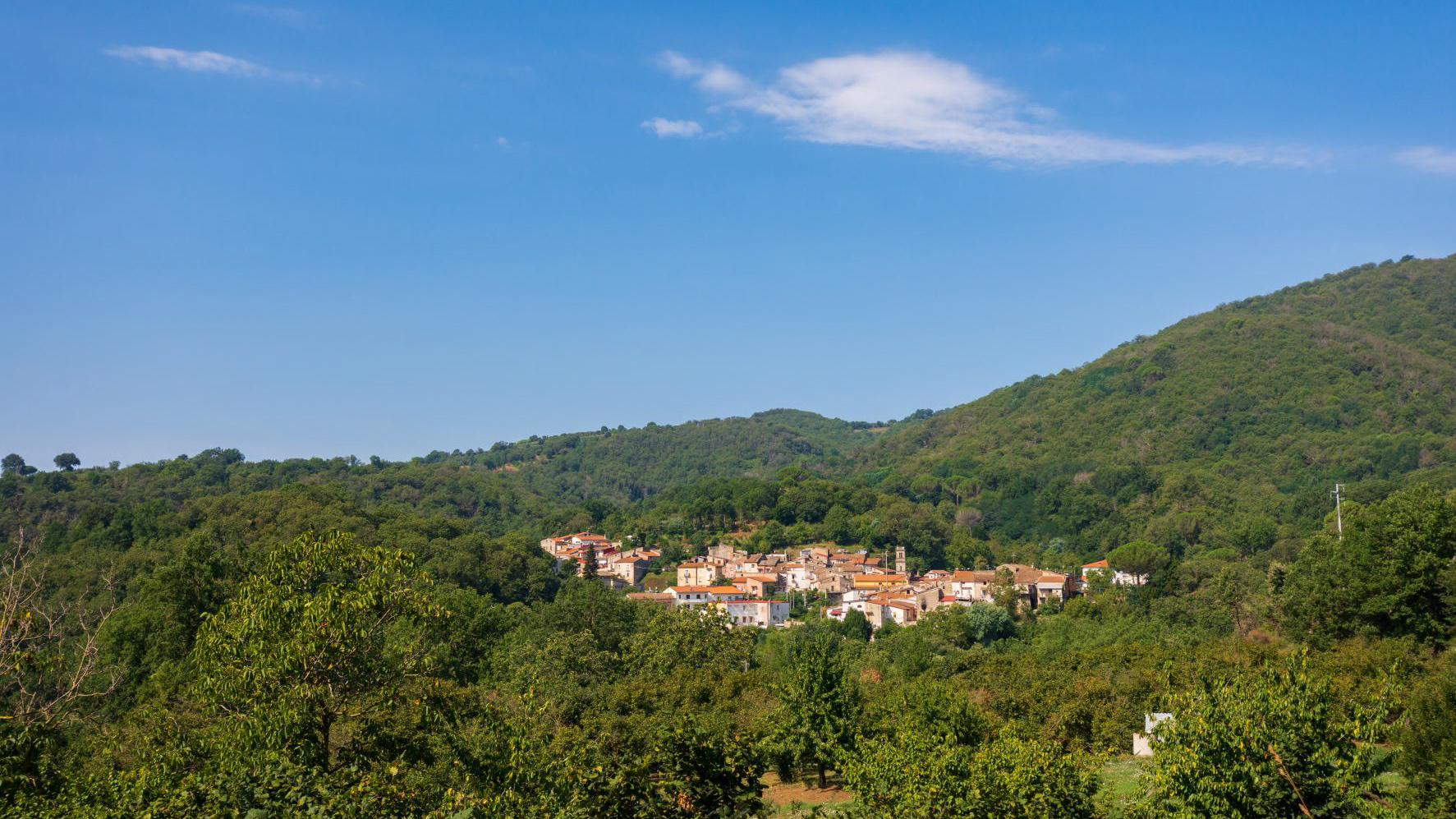
2021
Teano, frazione Casi, panorama
